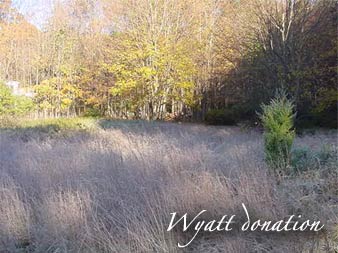 How You Can Protect Your Land & Reduce Taxes
How You Can Protect Your Land & Reduce Taxes
Protecting land is one of the finest legacies a person can leave for future generations. In many cases, the owner has lived on and loved the land for many years. It can be protected, but only if careful plans are made – even if the owner wants the land to be kept essentially as it is.
Federal estate taxes are a major reason for planning and taking action. They can be as high as 55% of a property’s fair market value – often forcing heirs to sell all or part of the land just to pay taxes. Also, future owners are often motivated by ever-increasing property values or by lack of appreciation for the land to sell it for development.
Often, the strategy for protecting the land results in a local property tax reduction and in an income tax charitable gift deduction.
The most common land protection techniques are:
- Conservation easement
- Land donation
A conservation easement leaves land in private ownership and can result in an income tax deduction and reduced property and estate taxes. It is a voluntary legal agreement between a landowner and a land trust or government agency. The easement permanently protects the existing character of a property by limiting uses of the land. The landowner can continue to own and use the land, sell it or pass it on to heirs. An easement is a flexible document and can be tailored to protect the land’s conservation values and meet the financial and personal needs of the owner. To learn more, click on Conservation Easement.
Donating land for conservation purposes might be the best strategy when the owner does not wish to pass the land on to heirs, no longer uses the property, or would like to be relieved of the responsibility of managing and caring for the land, or when the property has appreciated substantially. The donation can result in substantial income tax deductions, estate tax benefits and local property tax reductions, but also it can avoid any capital gains taxes that would have resulted from selling the property. Most importantly, if the land is donated because of its conservation value, it will be protected.